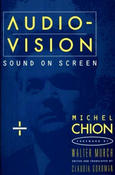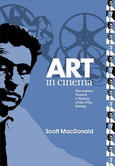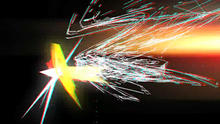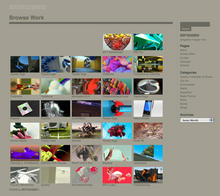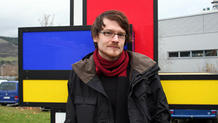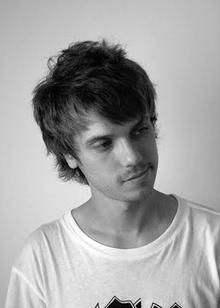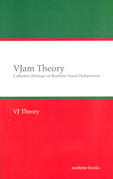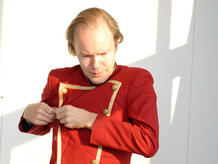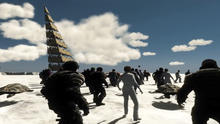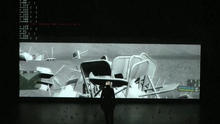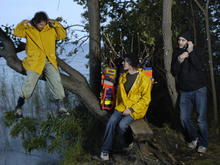David O'Reilly
(*1985) is one of the most talented and visionary film makers to emerge out of Ireland in the last few years. He is a regular lecturer at animation festivals around Europe and has won numerous awards.
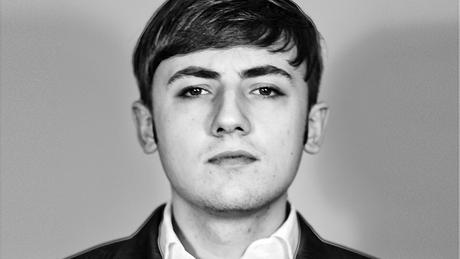
David O'Reilly has created sequences and props in Son of Rambow and Hitchhiker's Guide To The Galaxy, as well as stage visuals for M.I.A. He has just directed the amazing video for U2's single, I'll Go Crazy If I Don't Go Crazy Tonight with designer Jon Klassen in Lumiere Studios, London.
Described by many in the animation industry as a genius, O'Reilly's brilliant short Please Say Something, made entirely at home in his own room, subverts the traditional cartoon cat and mouse roles. His raw unrenderred style, which he says comes down to a matter of economy, has a beauty and expression in its own right.
His short films have garnered enormous repect from his peers in the animation field. He is a regular lecturer at animation festivals around Europe and has won numerous awards including, Best German Film - Oberhausen and Golden Bear for Best Short film - Berlinale. Animation magazine named him the rising star of animation for 2009.
Under the pseudonym of a child named Randy Peters from Chicago, his crudely drawn creation Octocat (an eight legged cat searching for his parents) gained a following through Youtube before it bursts from the 2D of MS Paint into a 3D world and epic battle. The series showcased both his brilliant animation prowess and the power of the internet as a medium for such artistic concepts.
Currently based in Berlin, the Kilkenny native who has never formally studied animation, has previously worked for the brilliant Shynola and Studio AKA in London and now works on his own with the freedom to pick and choose his projects.
Source: Scruff Daddy
O'Reilly is very specific about who and what inspires him. Film directors Tarkovsky, Paradjanov, Haneke, Jodorowsky, Bresson and Van Sant get a mention – as does animator Oskar Fischinger. His Fabrica cinema sessions awakened a passion for filmmaking and in January 2007 O'Reilly took himself to Berlin, where he currently resides, specifically to concentrate on a new project – a short film entitled Serial Entoptics. The film looks at the relationship between two people living in the same flat in a city – although O'Reilly candidly reveals the decision to make the characters human was something he struggled with for a while. "I've always been the first person to say that using human characters in animation is pointless and impossible," he says. "I'm very conscious of the 'uncanny valley' idea [that the closer a robot resembles a human, the more the differences between it and a real human are magnified and disturbing] but I basically cannot bring myself to do talking animals. It's just wrong. This was one of the reasons why we never see the main, male character's face until the last shot of the film. I just don't know if it's possible to empathise with a CG 'human'. The possibility of emotionally misfiring is huge."
Source: Creative Review
